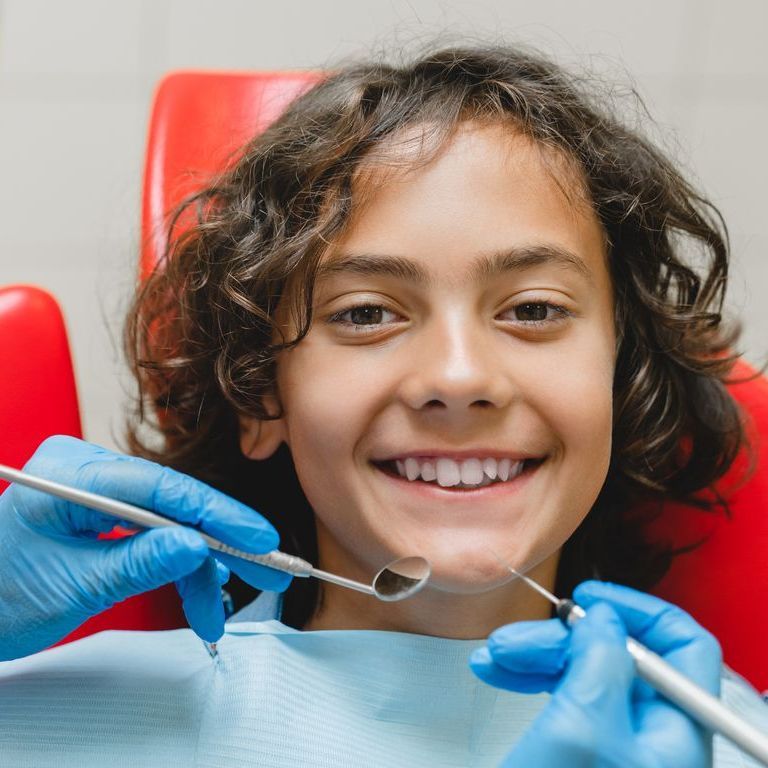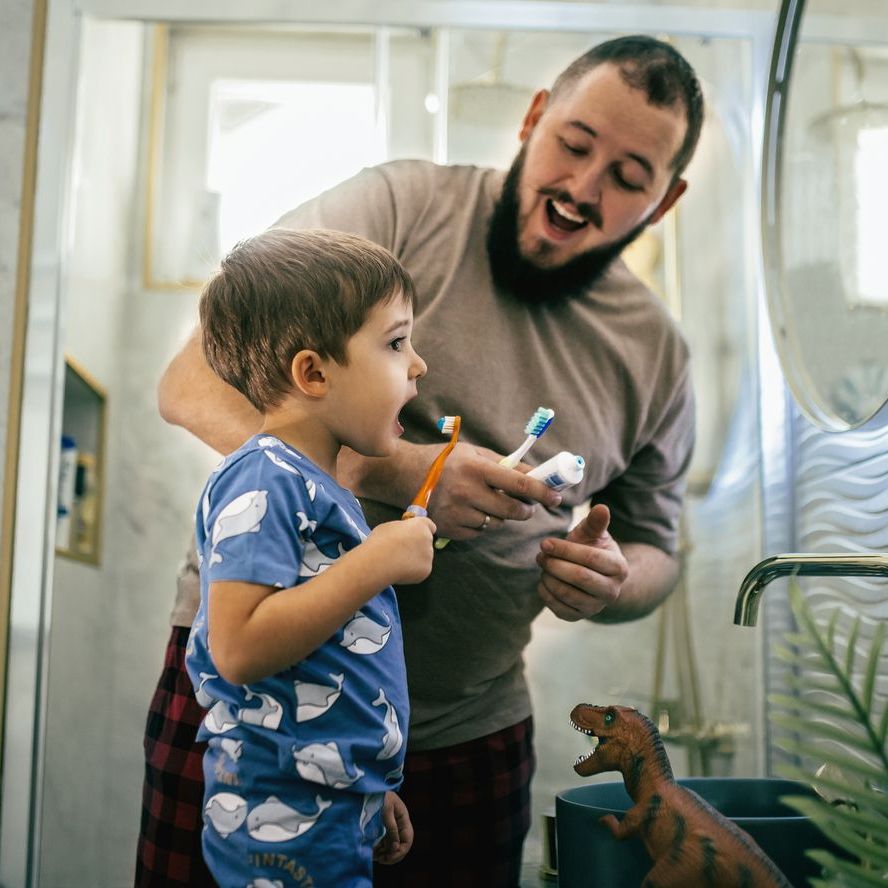Dental Fillings For kids/adults in Christiansburg, VA
Fillings in Baby and Adult Teeth: Restoring and protecting your smile
New River Valley Pediatric Dentistry believes in maintaining the health and functionality of your child's permanent or baby teeth. Children and adults both suffer from cavities, but we can treat them and restore their integrity. Dental fillings can be a simple but effective way to repair teeth and prevent further decay.
What are dental fillings?
Fillings for teeth are used to repair teeth damaged by decay. A cavity is caused by bacteria that erodes the enamel of the tooth, causing a hole. Untreated cavities can lead to infection, pain and even more complex procedures such as root canals or crowns. Fillings prevent further damage to the tooth by sealing and strengthening the structure.
Why are fillings necessary for baby and adult teeth?
Parents often wonder if they should fill their baby teeth, since they will eventually fall out. Baby teeth are important for oral development. They act as space holders and help with proper chewing, speech and language development. Cavities that are not treated can cause infections, discomfort and early tooth loss. This may affect the alignment or permanent teeth.
Fillings for adult teeth are vital to prevent tooth loss and maintain long-term dental health. Untreated cavities can spread to deeper layers, which will require more invasive treatment.
Signs Your Child Might Need a Filling
If your child experiences:
- Tooth Sensitivity- Uncomfortable when eating hot, cold or sweet food.
- Pain in the teeth – Pain that persists when chewing, particularly.
- Cavities Visible – Dark spots or holes on the teeth.
- Food stuck in teeth- This is a sign of decay.
- Chipped or Rough Tooth Surfaces- Indicates enamel damage or erosion.
What are the different types of dental fillings?
Composite Fillings
Aesthetic Appearance – Blends seamlessly with the natural teeth.
Strong Adhesion- Adheres to the tooth structure directly.
Ideal For Front And Back Teeth- Provides durability, and a natural appearance.
Amalgam (Silver) Fillings
Highly durable – Withstands chewing forces that are strong, making it an ideal choice for molars.
A Cost-Effective Alternative - Composite fillings are generally more expensive than .
Long-Lasting -- Can last for many years if properly cared for.
Fillings made of Glass Ionomer
Fluoride Release – Helps prevent further decay.
A good option for young children.
Less durable than composite or amalgam – Often used as temporary fillings.
Stainless Steel Crowns for Large Cavities (in Baby Teeth)
More protective than fillings- Used when decay has been extensive.
Recommended For Back Teeth- Ensures Strength and Longevity until the tooth falls out naturally.
What to expect during the dental filling procedure
Fillings are a simple procedure that takes about an hour. New River Valley Pediatric Dentistry ensures that your child has a stress-free and comfortable experience.
Exam & X rays
Our dentist will evaluate the size and location of the cavity using a visual examination and X rays
Numbing Area
A local anesthesia is used to guarantee a painless procedure.
Remove the Decay
Carefully remove the decayed part of the tooth.
Filling Placing
The filling material of choice is placed, shaped and hardened with a special curing lamp (if composites are used).
Bite Adjustment & Polishing
The dentist will ensure that the filling is comfortable and works properly.
Final check
Ask your child to bite into the product to make sure it fits properly. Make adjustments as needed.
Dental fillings: Benefits
- Prevents Cavities from Worsening
- Restores Functionality- Enables normal speaking and chewing.
- Reduces Sensitivity Seals exposed areas to reduce discomfort.
- Avoiding the Need for Extensive Treatment- Fillings done on time can prevent root canals and extractions.
- Aesthetic Improve – Tooth-colored fillings are aesthetically pleasing and blend in with the teeth, giving you a confident smile.
After-Treatment Care & Rehabilitation
Your child may feel mild sensitivity after receiving a dental filling. This will subside quickly. To ensure longevity:
- Eat slowly until the numbness subsides.
- Encourage gentle brushing of the tooth and its surrounding area.
- For the first 24 hours, avoid sticky, hot, or hard foods.
- Regular dental examinations are important to maintain oral health.
FAQs
Is it safe to use fillings on children?
Of course! Fillings for children are made of biocompatible materials that are designed to last as long as the child's baby tooth.
Are baby teeth needed to be filled if they are going to fall out?
Yes. Untreated cavities may lead to infections, pain and premature tooth loss. This can cause the permanent teeth to be misaligned.
Do white fillings have more benefits than silver fillings?
Both have their advantages. Silver fillings can be durable and economical, whereas white fillings look better and are bonded directly to the teeth. The size and location of the cavity will determine the best option.
Does filling hurt?
No. Local anesthesia is used to keep your child comfortable during the entire procedure.
How many years do amalgam fillings usually last?
While composite fillings are typically 5-10, they can last longer with the right care.
Book an appointment Today!
It's crucial to treat a child's cavity as soon as possible to avoid further complications. New River Valley Pediatric Dentistry offers high-quality, gentle dental care for children in a child-friendly setting. Call us to make an appointment today and keep your child's teeth healthy and bright!
All Rights Reserved | New River Valley Pediatric Dentistry
Website Designed and Maintained by Xpress Inc








